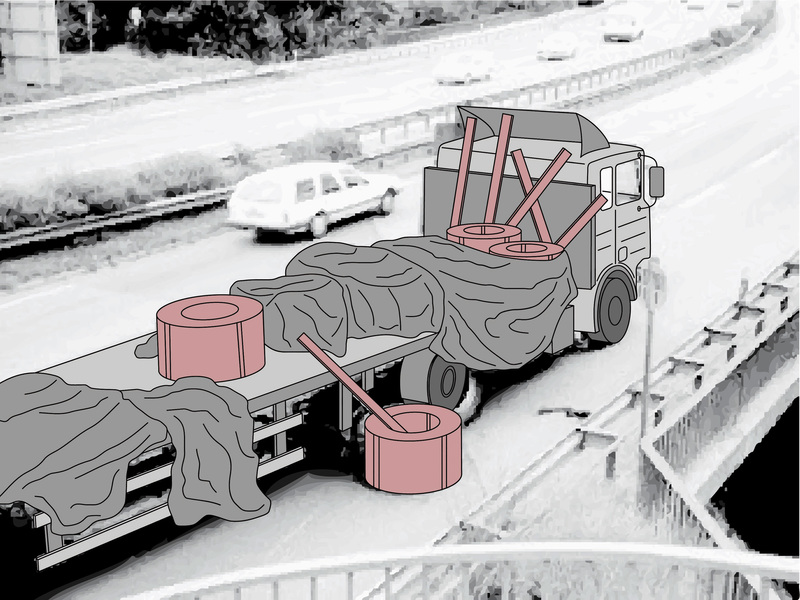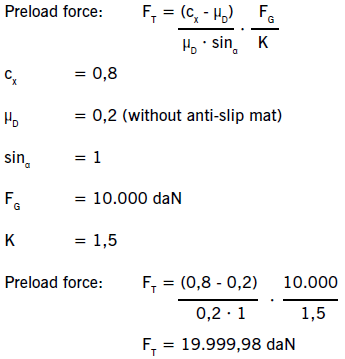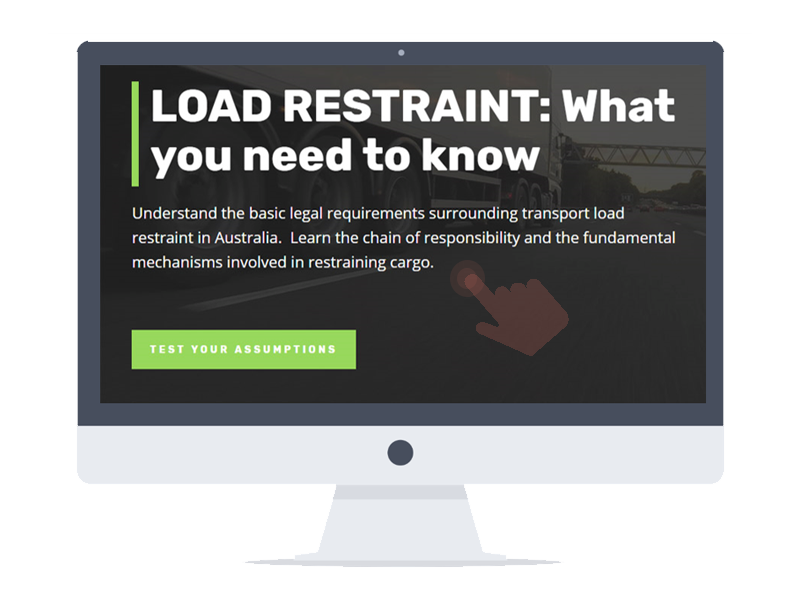
Heavy Goods Transportation - the dangers of failing to secure cargo adequately.
The dangers of inadequately secured loads are often underestimated. It's vital that heavy goods are properly secured during transportation regardless of whether it's by road, rail, sea or air. The cost to human safety can be significant, not to mention the damage to the goods themselves.
Inadequately secured loads can:
....slip and cause accidents, casualties or damage to goods.
....break through the front wall of vehicles, potentially resulting in driver injury.
....present hazards while unloading unstable goods.
....spill onto the road, presenting hazards to other road users.






WHAT'S THE SOLUTION?
Quality anti-slip transport mats that meet or exceed the co-efficient of friction, will ensure 60% of load securing. Of course, matting still needs to used in conjunction with tie-downs / lashings. Regupol anti-slip mats are made of rubber fibres and consequently exceed the 0.60 co-efficient of friction.
ORDER FREE SAMPLES
FORCES UNDER VARIOUS MOVEMENTS
TRUCKS

SHIPS

TRAINS

ACCELERATION FORCES DURING TRANSPORT
The friction force FF of an anti-slip mat counteracts any displacement of the load and is described in physical terms as follows:
FF = μ x FG (friction force)
FG = weight
µ = sliding friction coefficient
m = mass
g = gravitational acceleration
FG = m x g
The difference between inertia force FM and friction force FF is known as securing force FR:
FR= Fx,y - F
The securing force FR is the force that the securing equipment has to absorb in a forwards direction.
Loads are secured correctly by achieving a balance between the opposing forces occurring during transport.
The loads are adequately secured when the sum of the friction force FF and the securing force FR is at least as large as the inertia force FM.
The friction force is increased by anti-slip mats, the securing force by lashing straps and other equipment.
When the truck brakes, the weight acting in a forwards direction can reach up to 80% of the load (0.8g) and, as a result, the load must be secured accordingly.
Load securing = friction force + securing force
The load only has to be secured for normal driving, not for a traffic accident. Normal driving also includes emergency braking, drastic avoidance manoeuvres and poor road surfaces.
The following forces can occur in normal driving
maximum 0.8g in the direction of travel, corresponding to 80% of the load weight
maximum 0.5 g to the sides, corresponding to 50% of the load weight
maximum 0.5 g to the rear, corresponding to 50% of the load weight
Example: ascertaining the preload force with and without anti-slip mats










